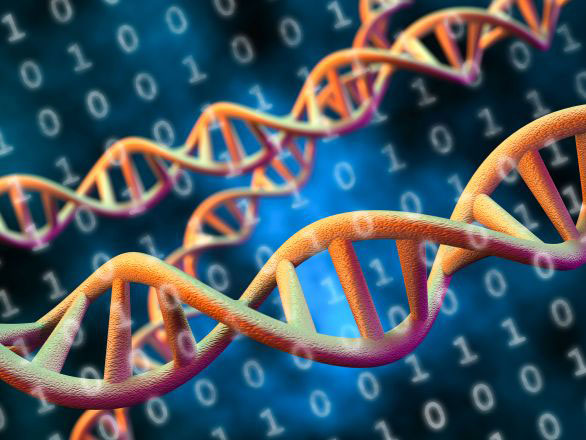
The advent of next-generation sequencing technology has revolutionized microbiology, enabling transformative breakthroughs in fields ranging from agriculture to conservation to medicine. New methods enable full genome sequencing of microorganisms, and through varied ‘omic techniques, scientists can analyze of millions of short sequences that comprise “big data”. In this course, students will learn about the computational algorithms that underly bioinformatic tools. In the computer-based lab component, students will gain hands-on experience with both web-based and Unix command line bioinformatic tools for sequence searching and alignment, assembly, read mapping, gene calling, and gene annotation. Students will learn to ask and answer their own scientific questions by mining sequence data from public repositories and critically assess the conclusions of other genomics and bioinformatics studies from the primary literature.
.
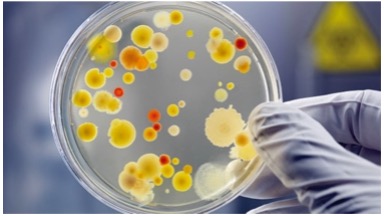
An overview of microbiology, with particular emphasis on the role of microbes in human health and disease. Core concepts of evolution, cell structure and function, metabolism, genetics, microbial systems, and the impact of microorganisms on humans will be covered, and competencies in the application of the process of science, and use of quantitative reasoning will be developed. After students master sterile technique and safe laboratory practices, the laboratory portion of the course will focus on the development of microscopy, culture, and bacterial identification techniques.
.
OpenStax textbook, Microbiology.
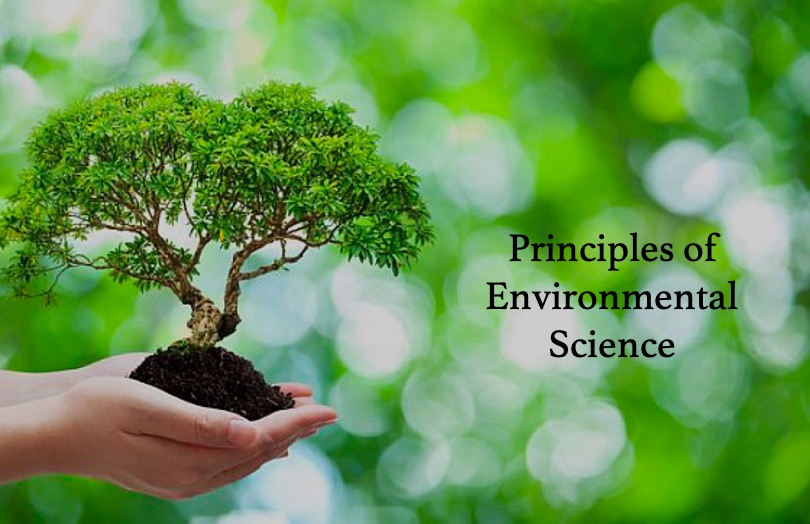
This course provides an introduction to physical and ecological principles, concepts, and methodologies that serve as the foundation of environmental systems and strategies for sustainable management of the earth’s ecosystems. Through readings and reflections, students are challenged to identify and discuss the multifaceted causes of environmental justice issues and the ways in which we can promote equitible the distribution of healthy environments.
.
Principles of Environmental Science, Cunningham and Cunningham.
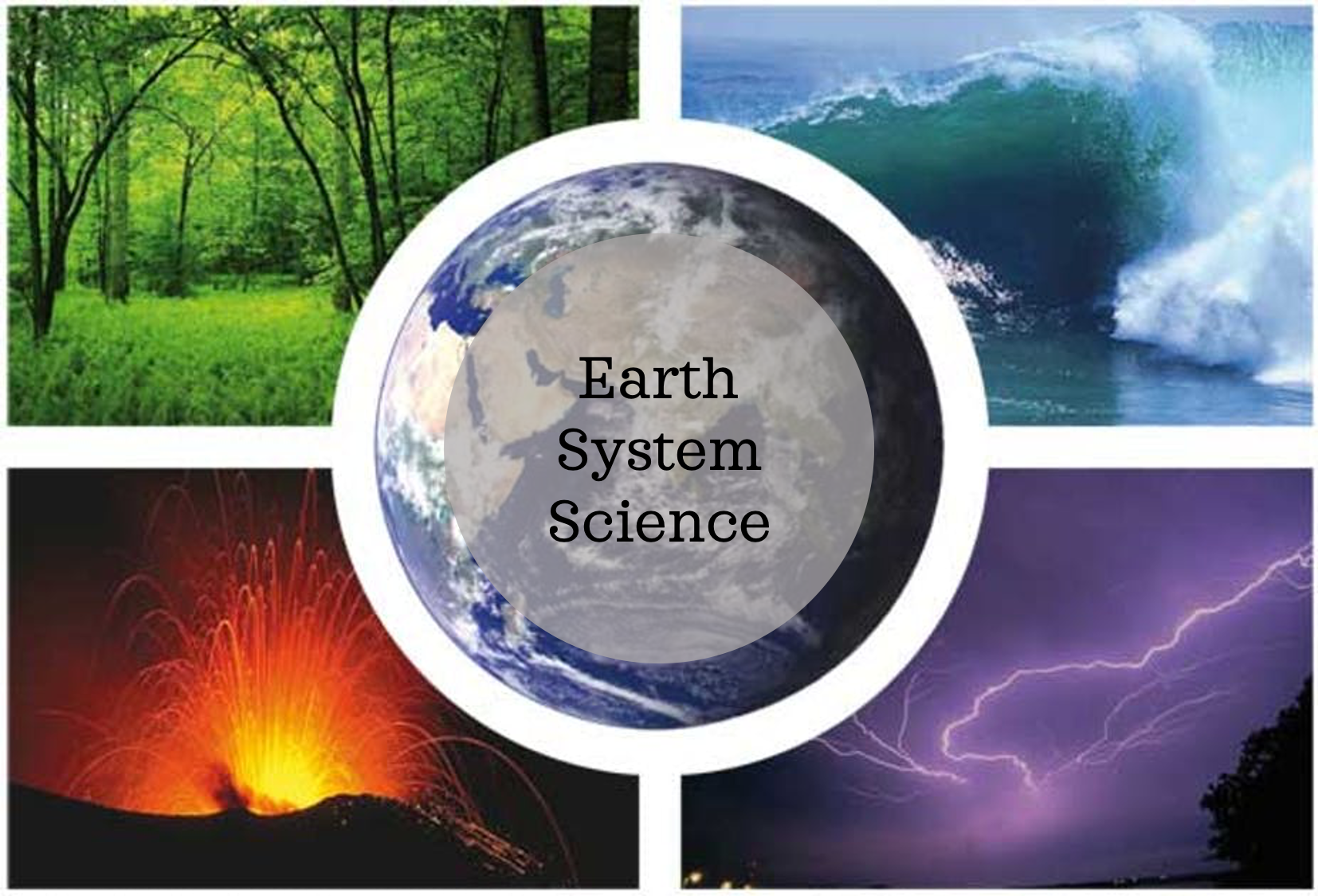
This course highlights the interplay among the individual components of the Earth system – the solid Earth, atmosphere, oceans, and biosphere. Modern environmental problems of loss of biodiversity, ocean acidification, and climate warming will be examined through the lens of Earth history, acknowledging that the geological past as a key to the present and future.
.
The Earth System by Kump, Casting, and Krane.
Field work is integrated with traditional micro-scale laboratory work, allowing students to delve into complex environmental interactions through the use of microscopy, incubations, and molecular techniques. The community-engaged learning component of this course includes coordination of environmental science programming for underserved communities in East TN.
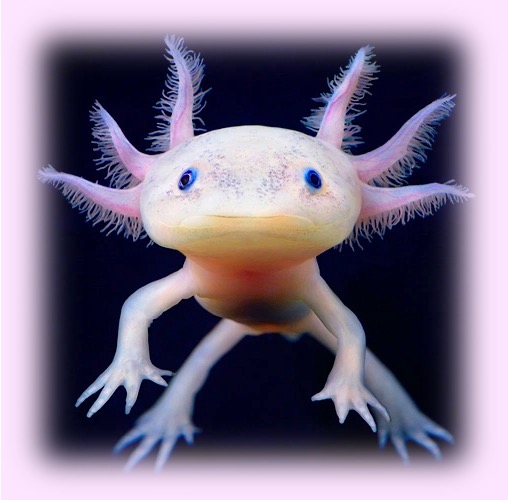
This course evaluates life as a feature of Earth, tracing the planetary changes that allowed life to originate, evolve, and diversify. This course asks students to challenge their definition of life and reflect on readings of primary literature. The rise of multicellularity, taxonomic diversity, biochemistry, biogeography, and other biological and ecological concepts are placed within the framework of the Five Big Ideas of Biology.
.
OpenStax textbook, Biology 2e.
1.) Evolution; 2.) Structure and Function; 3.) Information Flow and Storage; 4.) Transformation of Matter and Energy; 5.) Systems.